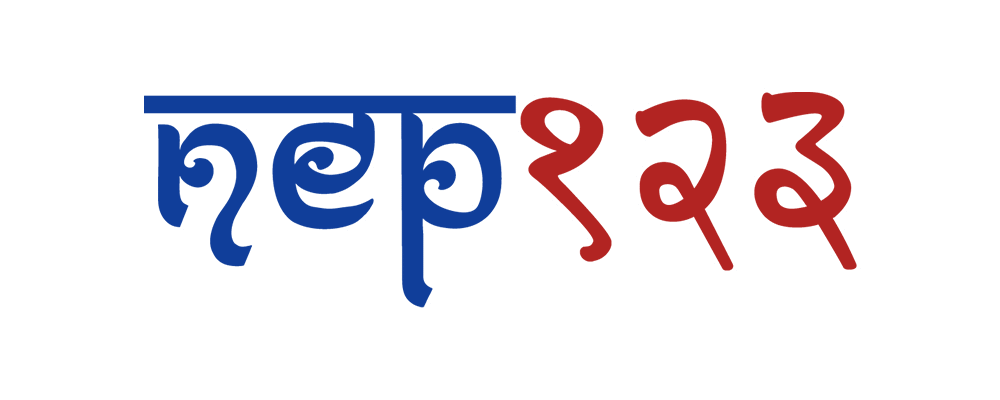Nepal 2025 is a nation at a pivotal juncture, navigating a whirlwind of political turmoil, digital activism, and economic transformation. From the halls of parliament to the screens of smartphones, Nepal’s journey is marked by parliamentary accountability challenges, a digital democracy revolution, and ambitious hydropower development plans. This in-depth viral news story unpacks the complexities of Nepal’s political landscape, economic stabilization, brain drain crisis, and Karnali Province growth, offering a data-driven look at a nation striving for sustainable development and youth empowerment.
🏛️ Nepal’s Political Landscape: Chaos or Catalyst for Change?
Nepal politics in 2025 is a battleground of ideologies, with parliamentary accountability under intense scrutiny. MP Suhang Nembang has lambasted the House of Representatives for prioritizing partisan bickering over critical issues like healthcare ethics, education reform, and infrastructure growth. “Theatrical disruptions and personal insults dominate, sidelining national priorities,” Nembang declared, advocating for disciplinary measures to curb dishonest lawmakers. His call for political transparency resonates with a frustrated public demanding action on Nepal’s future vision.
The Nepali Congress faces its own storm, suspending 18 members for allegedly undermining candidates in the 2079 elections through digital campaigns involving audio-video manipulation. This disciplinary crisis has deepened rifts between the party’s central leadership and dissenting factions, fueling speculation of a fractured coalition government. Meanwhile, Sher Bahadur Deuba and PM KP Oli navigate coalition dynamics, with talks of a cabinet reshuffle sparking debates about stability versus performance. Will Nepal’s coalition government hold, or is a political reform on the horizon?
📱 Digital Activism: The Rise of Social Media Campaigns
Digital activism Nepal is redefining civic participation. Platforms like Facebook, TikTok, and Twitter have become powerful tools for Nepali youth, replacing traditional street protests with online protests that drive real-world change. From reversing controversial Home Ministry appointments to exposing sexual exploitation in beauty contests, social media campaigns are amplifying marginalized voices. However, this digital democracy comes with challenges: misinformation, online harassment, and breaches of healthcare ethics by doctors sharing patient data for clout threaten trust.
Experts urge legislative reforms modeled on international standards like HIPAA to regulate medical content and curb misinformation. Calls for ethics training in medical schools and digital literacy among professionals are gaining traction. Despite these hurdles, social media influence has been vital for public health awareness, especially during the COVID-19 pandemic, proving its dual role as both a force for good and a potential risk.
📉 Economic Stabilization: A Fragile Recovery
Nepal economy 2025 shows signs of cautious recovery, but structural weaknesses linger. Key Nepal economic indicators include:
- Inflation: 5.26% point-to-point, with a FY 2024/25 average of 4.24%, narrowing the gap with India’s 4.33%.
- Trade balance: Imports down 3.1%, exports up 7.2%, and trade deficit reduced by 2.6%.
- Remittances: A 25.3% surge in NPR terms, boosting forex reserves to NPR 1.82 trillion (USD 13.69 billion).
- NEPSE Stock Market: Modest recovery led by hydropower, finance, and tourism sectors.
Despite these gains, youth unemployment (19.8%) and reliance on remittances expose vulnerabilities. Finance Minister Bishnu Poudel is pushing tech-driven customs reforms and infrastructure growth, but experts warn of stagnation risks due to geopolitical tensions and delayed capital expenditure reforms. Nepal’s remittance-driven economy faces potential shocks from West Asia conflicts, threatening economic stabilization.
⚡ Hydropower Ambitions: Nepal’s Energy Sector Dreams
Nepal hydropower is central to its vision of becoming a regional energy powerhouse by 2035, targeting 28,500 MW capacity, with 10,000 MW for India and 5,000 MW for Bangladesh. However, infrastructure growth faces significant hurdles:
- Flood damage: Recent floods in Rasuwa destroyed Rasuwagadhi, Chilime, and Trishuli-3A, costing 250 MW.
- Grid limitations: Bangladesh’s infrastructure supports only 40 MW.
- Investment needs: NPR 6.5 trillion required, with NPR 4 trillion from domestic sources.
ADB and World Bank support emphasizes clean energy and climate resilience, promoting electric vehicles and e-cooking to boost domestic consumption. Biofuel initiatives, backed by the Global Biofuel Alliance, aim to reduce fossil fuel imports by $4 billion annually by 2025-26, enhancing energy security.
🧠 Brain Drain Crisis: Losing Nepal’s Youth
Nepal youth (42.56% of the population) are the nation’s backbone, yet 60% work abroad, with 19.8% unemployed domestically. The brain drain crisis sees over 100,000 students studying abroad annually, despite higher education enrollment rising to 633,053 in FY 2080/81. Japan’s NPR 537 million scholarship grant for Master’s and PhD programs offers hope, but vocational training, entrepreneurship, and education reform are critical to retain talent. Nepal’s future vision hinges on aligning education with market needs and fostering youth opportunities.
🏔️ Karnali Province: Untapped Potential
Karnali Province development is a beacon of hope despite its 4.19% GDP contribution. With a NPR 31.41 billion budget and 3.19% inflation, Karnali is investing in agriculture, healthcare, and education. However, 765 disaster incidents in FY 2080/81 highlight the need for disaster resilience. Karnali’s growth requires targeted investment to overcome economic marginalization and unlock its potential.
🏫 Institutional Reforms: Tribhuvan University and Beyond
The appointment of Dr. Deepak Aryal as Tribhuvan University’s Vice-Chancellor has sparked controversy, with critics decrying it as a political trade-off between Nepali Congress and UML. The Nepal Student Union argues it undermines academic independence. Meanwhile, the Supreme Court’s reversal of a Special Court verdict on tax settlement officials signals a crackdown on anti-corruption measures, boosting hopes for institutional reform.
🧩 Nepal’s Future Vision: Resilience Meets Opportunity
Nepal 2025 stands at a crossroads. Political transparency, digital activism, and economic stabilization are shaping a nation determined to overcome challenges. Social media influence empowers citizens, but healthcare ethics and misinformation demand regulation. Hydropower development and biofuel initiatives promise sustainable development, while youth empowerment and Karnali growth hold the key to long-term prosperity. Can Nepal’s coalition government and civic participation drive a transformative future vision?


